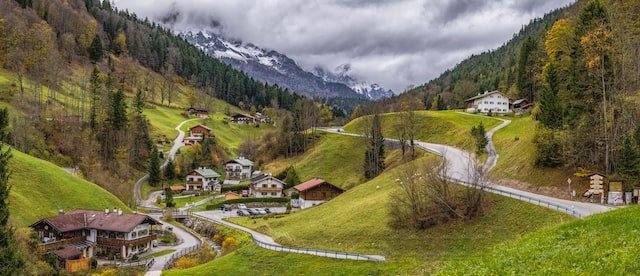Stan Rennie has coarse hands that make it difficult for him to type. He is not the type of person who is very interested in technology.
However, the fisherman has noticed that over the past year, he has become increasingly attached to his computer, typing angry emails to lawmakers and studying specialised areas of environmental legislation. His 36-year-old daughter Sarah claims that “it has taken over his life.”
Rennie’s life had been relatively tranquil up until recently. He would spend hours catching crabs off the Hartlepool headland most mornings in his little blue and white boat, the Sarah Lynn. Just in case, his wife Lynn would watch him from the living room window as he brought in rope-knotted baskets filled to the brim with the day’s catch.
On September 28, 2021, however, everything was altered. Rennie’s traps were almost completely empty, which was a first in his memory. The crabs he did manage to catch twitched, were sick, and passed quite quickly. Rennie, 61, adds, “I had no idea what was going on. “I’ve never known anything like this before,” I told my brother after fishing for almost 50 years.
Rennie has been captivated by the mystery surrounding the killings, which has placed his modest seaside hamlet in the north-east of England and other communities there at the centre of a major national political drama.
He claims that everyone was getting nothing, from lobster fishers to prawn trawlers, in his tale of empty traps and dead crabs. Paul Widdowfield reads through entries in his damaged log book while sipping tea in a cabin close to the dock, explaining how his catch also “fallen off a cliff.”
Meanwhile, the number of bodies was growing ashore. Thousands of dead and dying crabs and lobsters were photographed stacked up on the sand along the north-east coast, especially in Redcar, Saltburn, and South Gare. There have since been other die-offs. Campaigners claim that starving seals and dead seabirds are appearing more frequently, and veterinarians have seen an increase in dogs getting sick with nausea and vomiting after going for walks on beaches from Scarborough to Seaton Carew.
Many in the neighbourhood were concerned from the start that dredging-related pollution might be to blame. There were heaps of twitching crabs and lobsters that were lying on their backs. Many of them were stumbling around and blowing bubbles out of their gills, said to Sally Bunce, 53, a former police officer and environmentalist who is working with Rennie on the investigation.
Rennie continues, “It appeared as though their nerve systems had failed. It appeared as if they had been poisoned.
It appeared at first that the government was genuinely considering the problem. The Environment Agency, which is a division of Defra, pledged to look into the matter and promised to submit samples of water, sediment, and crab for testing. They said that this would allow them to test the notion that pollution was to cause. The official response then arrived in February of this year. There was “no indication of a link” between the die-offs and the dredging work that took place in September, according to Defra’s report, so any worries that the activity had disturbed harmful silt in the River Tees were put to rest. Instead, it came to the conclusion that a “naturally occurring toxic algal bloom” was the most likely cause.
Rennie was perplexed after reading the conclusions. The die-offs had already had a terrible effect. The effects on employment, tourism, and the maritime environment may result in a “national tragedy” if they weren’t stopped. He and other fishermen thought pollution was the most likely cause, but Defra appeared to have ruled it out without knowing the real reason. The query was, “Why?”
Locals expressed worries about dredging even before Defra’s conclusions were made public. Days before the die-offs started, they had spotted a dredging vessel at the Tees River mouth. Data from the vessel tracking system, known as the automatic identification system, later supported the claim that, starting on September 25, a 78-meter, 3,000-ton dredger performed 10 days of normal dredging, removing silt from the river mouth and dumping it a few miles off the Redcar coast.

